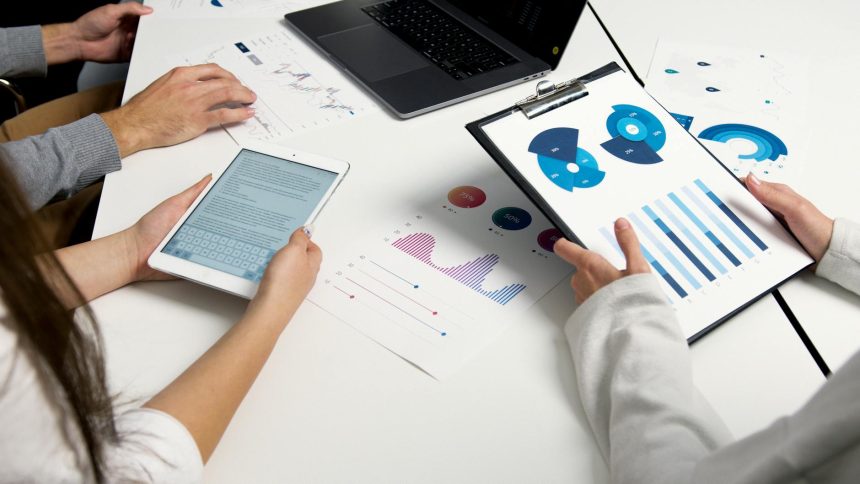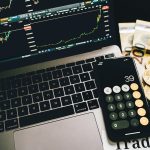ai-powered-classification
AI-Powered Classification: 7 Ways to Revolutionize Global Trade Management
Global trade is a complex web of regulations, tariffs, and ever-changing compliance requirements. For businesses navigating this intricate landscape, accurate classification of goods is not just a best practice—it’s a critical necessity. Errors can lead to costly delays, hefty fines, and reputational damage. But what if there was a way to streamline this process, enhance accuracy, and ensure compliance with unprecedented efficiency? Enter **AI-Powered Classification**, a game-changer that is fundamentally reshaping how companies manage their global trade operations.
This article delves into the transformative power of artificial intelligence in trade classification, exploring its benefits, implementation strategies, and the future it heralds for international commerce.
What is AI-Powered Classification?
At its core, **AI-Powered Classification** refers to the application of artificial intelligence and machine learning algorithms to automate and optimize the process of assigning correct tariff codes, export control classifications, and other regulatory designations to products. Traditionally, this has been a manual, labor-intensive task, relying on human experts to interpret complex regulations and product specifications.
The Challenge of Global Trade Management
The sheer volume and diversity of products, combined with the nuances of international trade agreements, make manual classification prone to human error. A single product might require classification under various schemes, such as the Harmonized System (HS) code, Export Control Classification Number (ECCN), or specific country-level tariffs. Keeping up with updates to these regulations across multiple jurisdictions is a continuous uphill battle for even the most experienced trade teams.
How AI Transforms Classification Processes
AI models, particularly those leveraging natural language processing (NLP) and machine learning, can analyze vast amounts of data—including product descriptions, technical specifications, material compositions, and historical trade data—to predict and assign the most accurate classifications. These systems learn from past decisions, identify patterns, and adapt to new regulations, providing a level of speed and consistency that manual methods simply cannot match.
Key Benefits of AI-Powered Classification in Trade
The adoption of AI in trade classification isn’t just about automation; it’s about unlocking strategic advantages that drive efficiency, reduce risk, and foster growth. Here are some of the most compelling benefits:
- **Enhanced Accuracy:** AI algorithms can process and cross-reference data points far more comprehensively than humans, significantly reducing classification errors. This precision minimizes the risk of non-compliance and associated penalties.
- **Significant Time and Cost Savings:** Automating classification tasks frees up human resources, allowing trade professionals to focus on strategic initiatives rather than repetitive data entry. This leads to substantial operational cost reductions.
- **Improved Compliance:** By keeping pace with regulatory changes and applying consistent logic, AI systems help ensure adherence to complex international trade laws, including those from organizations like the World Trade Organization.
- **Increased Speed and Efficiency:** Classifications that once took hours or days can now be completed in minutes, accelerating the entire supply chain process from order to delivery.
- **Scalability:** As your business grows and product lines expand, an AI system can scale effortlessly to handle increased classification demands without proportional increases in staffing.
- **Data-Driven Insights:** AI platforms often provide analytics on classification trends, potential risks, and areas for process improvement, offering valuable insights for strategic decision-making.
- **Reduced Audit Risk:** With a clear, auditable trail of how classifications were determined, businesses can demonstrate due diligence more effectively during customs audits.
Implementing AI-Powered Classification: A Strategic Approach
Adopting AI for trade classification requires careful planning and execution. It’s not just about integrating technology; it’s about transforming processes and empowering teams.
Choosing the Right Platform
Selecting an AI platform that aligns with your business needs is crucial. Look for solutions that offer robust machine learning capabilities, integrate with existing enterprise resource planning (ERP) or global trade management (GTM) systems, and provide transparent, explainable AI models. Platforms from leading tech innovators often offer advanced capabilities in this domain, as explored by resources like IBM’s AI insights.
Data Integration and Training
The success of any AI system hinges on the quality and quantity of data it learns from. Businesses must ensure clean, consistent product data and historical classification records. Initial training of the AI model, often guided by human experts, is key to fine-tuning its accuracy and adapting it to specific product portfolios and trade lanes.
The Future of Global Trade with AI
The integration of AI into global trade management is still evolving, but its trajectory is clear: it will become an indispensable tool for businesses operating internationally. As AI technology advances, we can expect even more sophisticated classification capabilities, including predictive analytics for potential regulatory changes and real-time adaptation to emerging trade policies.
This shift represents a move from reactive compliance to proactive risk management and strategic advantage. Companies that embrace **AI-Powered Classification** today will be better positioned to navigate the complexities of tomorrow’s global marketplace, ensuring seamless, compliant, and efficient trade operations.
Ready to streamline your global trade operations and gain a competitive edge?
Explore how AI-Powered Classification can transform your operations today!
Discover how AI-Powered Classification is transforming global trade. Learn its benefits, from enhanced accuracy to cost savings, and see why it’s essential for modern businesses.
Featured image provided by Pexels — photo by Artem Podrez





